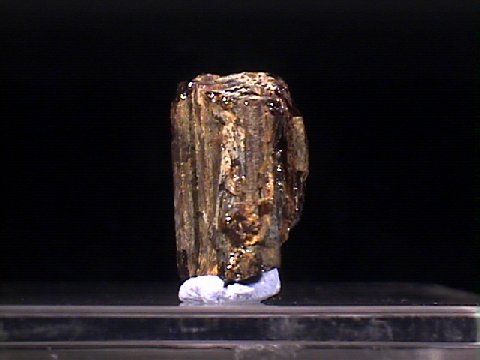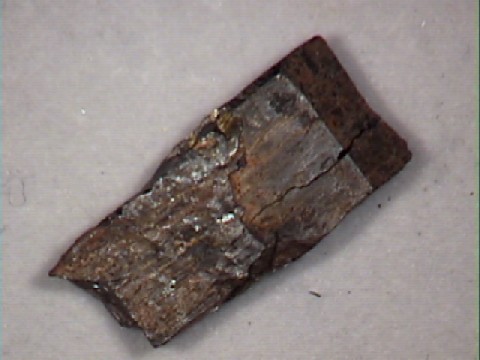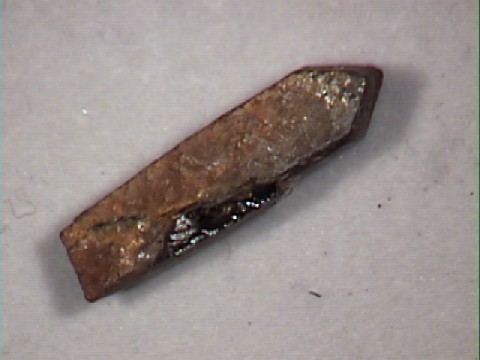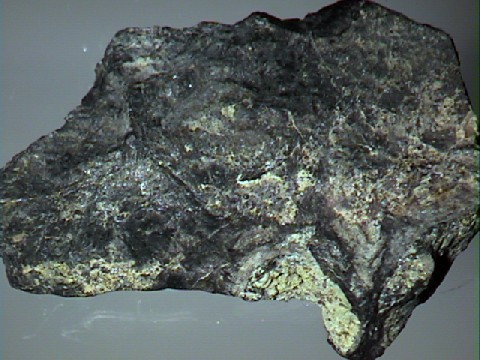 THE
MINERAL AESCHYNITE
THE
MINERAL AESCHYNITE
- Chemical Formula: (Y, Ca, Fe, Th)(Ti, Nb)2(O, OH)6, Yttrium Calcium Iron Thorium Titanium Niobium Oxide Hydroxide.
- Class: Oxides and Hydroxides
- Uses: A very minor ore of rare earth elements and as mineral specimens.
Specimens
Aeschynite is one of several Rare Earth Oxides and has two synonyms; "blomstrandine" and "priorite". Aeschynite's nomenclature is even more complex than this however. There are no less than three mineral names that begin with aeschynite and a few others that use aeschynite in their names. These minerals are all officially distinct minerals, but actually just differ in their respective compositions. The structure of these minerals is more or less unchanged. The prefixes or suffixes indicate which rare earth metal is predominant in the mineral as illustrated below:
- Aeschynite-(Y) the yttrium rich aeschynite.
- Aeschynite-(Ce) the cerium rich aeschynite.
- Aeschynite-(Nd) the neodymium rich aeschynite.
- Niobo-aeschynite-(Ce) the rich niobium/cerium aeschynite.
- Tantalaeschynite-(Y) the tantalum/yttrium rich aeschynite.
Aeschynite referenced in guides and texts without any qualifiers usually refers to aeschynite-(Y) as it does here.
Rare Earth Oxides
such as aeschynite form from the leftover elements
that other minerals seem to not want.
Other rare earth oxides such as
Aeschynite is found in rare earth rich granite pegmatites, a slow cooling igneous intrusive rock. Aeschynite is associated with minerals such as quartz, feldspars, zircon, columbite, xenotime, monazite, tantalite and other rare earth minerals. Aeschynite forms well shaped crystals at times, is associated with other rare minerals and can be an interesting specimen in someone's collection.
PHYSICAL CHARACTERISTICS:
- Color is black to dark brown or yellowish brown in smaller crystals.
- Luster is vitreous to adamantine or pitchy when more massive.
- Transparency: Crystals are nearly opaque in massive forms and translucent in small crystals.
- Crystal System is orthorhombic; 2/m 2/m 2/m
- Crystal Habits include tabular to prismatic almost blocky crystals, some with well formed domal terminations. Often embedded in the matrix of the host pegmatite; as well as granular and massive.
- Cleavage is absent.
- Fracture is conchoidal.
- Hardness is 5 - 6
- Specific Gravity is approximately 4.9 - 5.1 (heavy for non-metallic minerals).
- Streak is reddish brown or reddish yellow.
- Other Characteristics: Weathered crystals/specimens are often coated with a limonite like earthy coating.
- Associated Minerals include quartz,
feldspars,
euxenite,
fergusonite , monazite, columbite, tantalite, allanite, gadolinite, xenotime and zircon. - Notable Occurrences include the Ural Mountains of Russia; Urstad, Hittero, Norway and Madagascar.
- Best Field Indicators are luster, fracture, color, streak, associations, environment and specific gravity.








